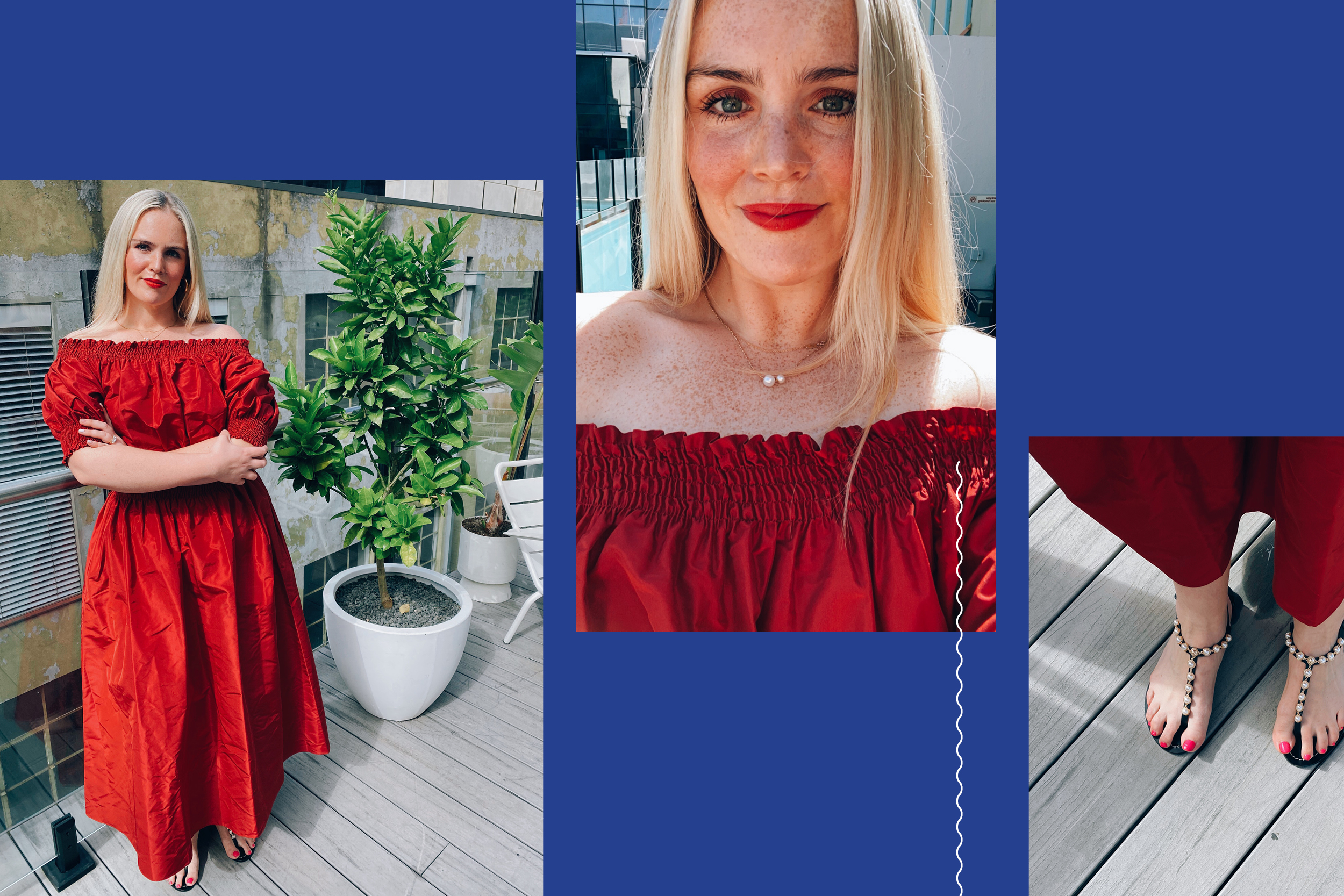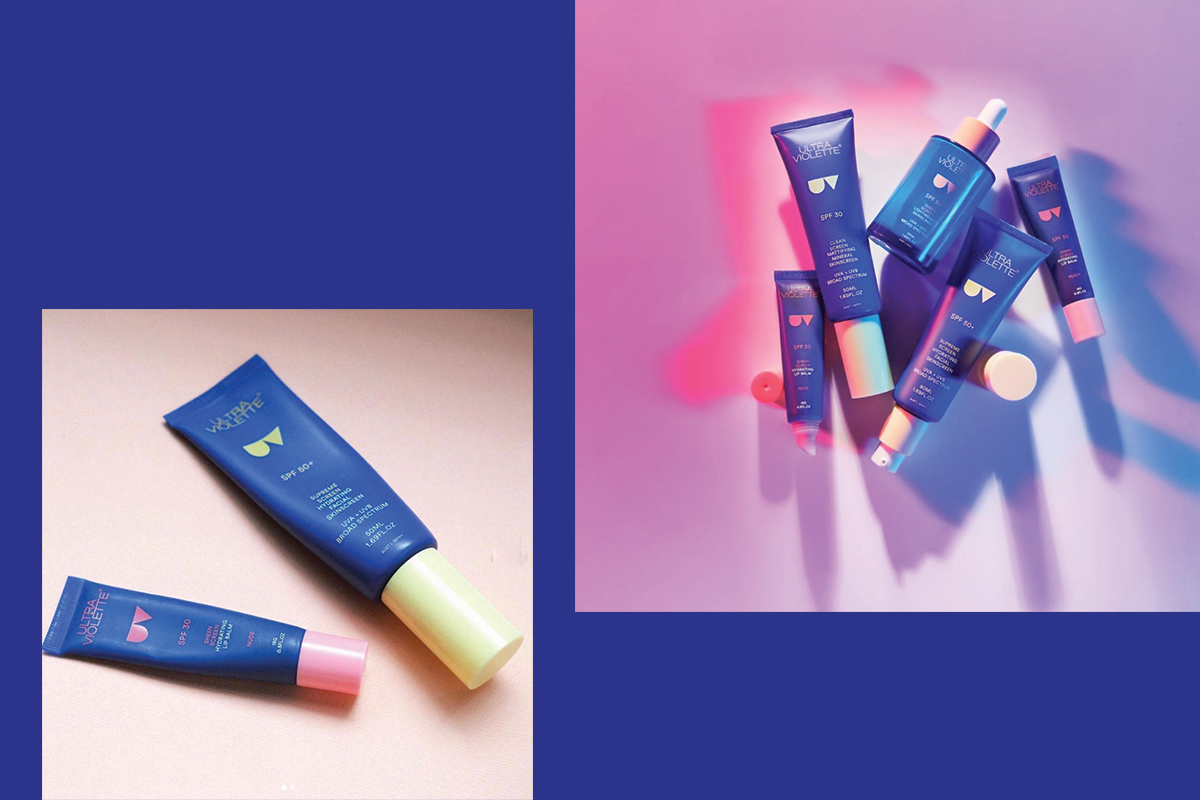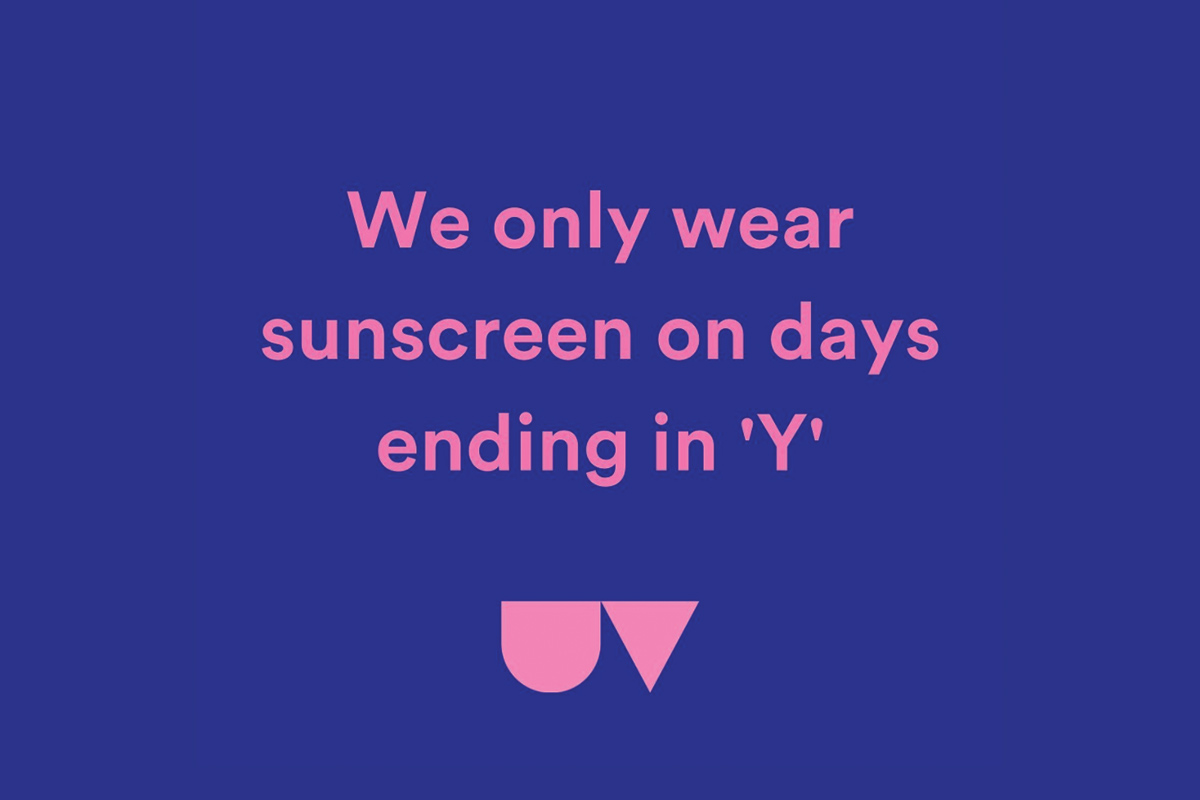How to ask for what you want
LeadershipCatherine Brenner, Louise Adler and Sam Mostyn offered their advic...
Become a part of the FW family for as little as $1 per week.
Explore MembershipsTurn words into action. Work with us to build a more diverse and inclusive workplace.
Learn MoreHear from notable women around the country on topics including leadership, business, finance, wellness and culture.
Mark your diariesTwo days of inspiring keynote speeches, panel discussions and interactive sessions.
Learn MoreCatherine Brenner, Louise Adler and Sam Mostyn offered their advic...
Em Rusciano outlines four lessons we can all take from her own sei...
In our latest series, Making The Case, Future Women's arguer-in-ch...
Putting survivors of family violence at the centre of the story.
Listen NowA program for mid-career women and exceptional graduates to fast track their career journey.
Learn MoreConnect with expert mentors and an advisory board of like-minded women to solve a professional challenge.
Learn MoreThe PR expert turned beauty entrepreneur discusses the value of a good business plan and the right partnership.
By Emily J. Brooks
The PR expert turned beauty entrepreneur discusses the value of a good business plan and the right partnership.
By Emily J. Brooks
Ava Matthews believes she was handed a toolkit of how to run a brand. After beginning her career in beauty PR, with a stint in New York, Matthews had already worked on brands like SK-II, Aesop, Olay, Jurlique, and Napolean Perdis before starting her own company. But when she began working in product development at Mecca, the startup training really began.
“You’re a general manager of a brand,” Matthews said, who worked on the Mecca house range. “We were basically given a P&L for the brand and you ran the whole brand, so not only was I doing product development, I was doing the marketing, I was doing the sales… I was handed, basically, a toolkit of how to run a brand.”
The Mecca house range included sunscreens which were produced locally by Mecca because the company couldn’t source international sunscreens. Matthews, and her boss, Bec Jefferd, quickly developed an enthusiasm for the sunscreen category which led to an idea, and later a business which we now all know as the cult Aussie sunscreen brand, Ultra Violette.
A few weeks ago, Matthews was dressed by THE OUTNET and sat down with Future Women founder, Helen McCabe, to discuss her entrepreneurial journey on the Next Generation Innovators podcast, presented in partnership with THE OUTNET. Here are the highlights from their conversation.

Ava Matthews, dressed by THE OUTNET.
“We thought there’s no one doing anything that is kind of interesting here [in the sunscreen category] and it’s such an important product, such an important category, and no one is making anything fun. It’s all very labby or sciency or scary. So we came together and decided we should do this because we’re not going to be able to do what we want for another company.”
“We did have a lot of flexibility at Mecca, but at the end of the day, it’s someone else’s dollar, you can’t do all the things you want to do. I’m kind of out there, and a bit naughty, in real life and in the way I work. And so I knew I wasn’t going to be able to get away with a lot of the things I wanted to do. I thought we know what we need to do, how formulas need to be, and what we can improve on, and there’s no brand really that’s doing award winning sunscreens…. We thought let’s just do a brand of sunscreens that suit lots of different skin types. [Customers] might get their skincare from wherever they shop – Sephora, Mecca, David Jones – and then they can come to us for sunscreen.”
“It started on weekends. We’d generally go to Bec’s house… we spent six to seven months on a business plan. We said we were going to spend this time on the business plan and at the end of the six or seven months we’re going to come together and show it to people we trust and say, ‘do we do this or do we not?’ So there was no real skin in the game at that point, aside from our time. We came together, in the beginning of 2017, and said, ‘this has got some bones.’ We showed it to people and they agreed.
“I often go back and look at [the business plan], even though it was done almost four years ago, I look at it and what we said we were going to do, we did.”

Image credit: Instagram @ultravioletteau
“We knew how much money we needed for things, because we’d done it before. So we knew how much a tube cost, we knew how much a formula might cost, we knew how much warehousing might cost, so we had a good understanding of how much things cost… we figured that between the two of us and family we could make it work.”
“We did a little test run, mostly for family and friends before Christmas in 2018. We got some product, we bundled them up, we did little gift sets. I think we had 300 of them, and we thought this is going to last us until we launch. I spoke to Leigh Campbell who is the executive editor at Mamamia, and I told her about it a few months earlier on the down low, and she said, ‘as soon as you’ve got samples let me know.’ She wrote this amazing article about us on Mamamia and it just took off, and we sold all of those [300 gift sets] in a few hours.”
“Having brightly packaged product helps, in terms of being visible, it does because you’re in a wash of white, black, millennial pink, and that kind of boldness does help you stand out. When we were looking at the design, we thought ‘what are the colours that are most typically associated with sunscreen?’ And at that point it was blue and yellow and white and black. Mostly, a primary blue and yellow. I thought we need to respect that somehow.
I’ve always loved the Yves Klein blue – the really bright kind of blue – I have always loved neons and I think there’s a bit of nostalgia with neon coloured zincs of our childhood. So that was what I always thought of sunscreen and how we briefed our designer. They came back with a few options and there were a couple of purples at one point because obviously ‘violet’, but I thought this isn’t right. It didn’t take long. We got there and loved it. But I think I had a very strong position from the get go. I didn’t want it to be white, black. I wanted it to be different. I wanted it to be coloured.”

Image credit: Instagram @ultravioletteau
“The bigger you get, the bigger your problems get… You’ve just got to roll with the punches and I think having Bec, and us doing it together, makes everything easier. At some point, she’ll say to me, ‘this is not that bad, you’re overreacting.’ And then in the next drama I’ll be like, ‘don’t worry about it, it is what it is, we just have to go with it.’ So I think having one of us being the doomsday prepper, and the other one saying ‘don’t worry about it’ works well for us. It’s an ebb and flow.”
“Bec and I had all these grand plans. We were going to launch in the UK this summer, and we were going to launch in Asia towards the end of the year. We recently had a catch up and went over the worst case scenarios cash flow-wise and decided the new M.O. for this year is survive. We just don’t know what’s going to happen. We’re a premium sunscreen… we don’t know how people are going to want to spend their money. People need to be able to buy toilet paper. So we just want to get out of this [in one piece]… But we can be agile.”
Listen to the full interview here.
If you’re not a member, sign up to our newsletter to get the best of Future Women in your inbox.
